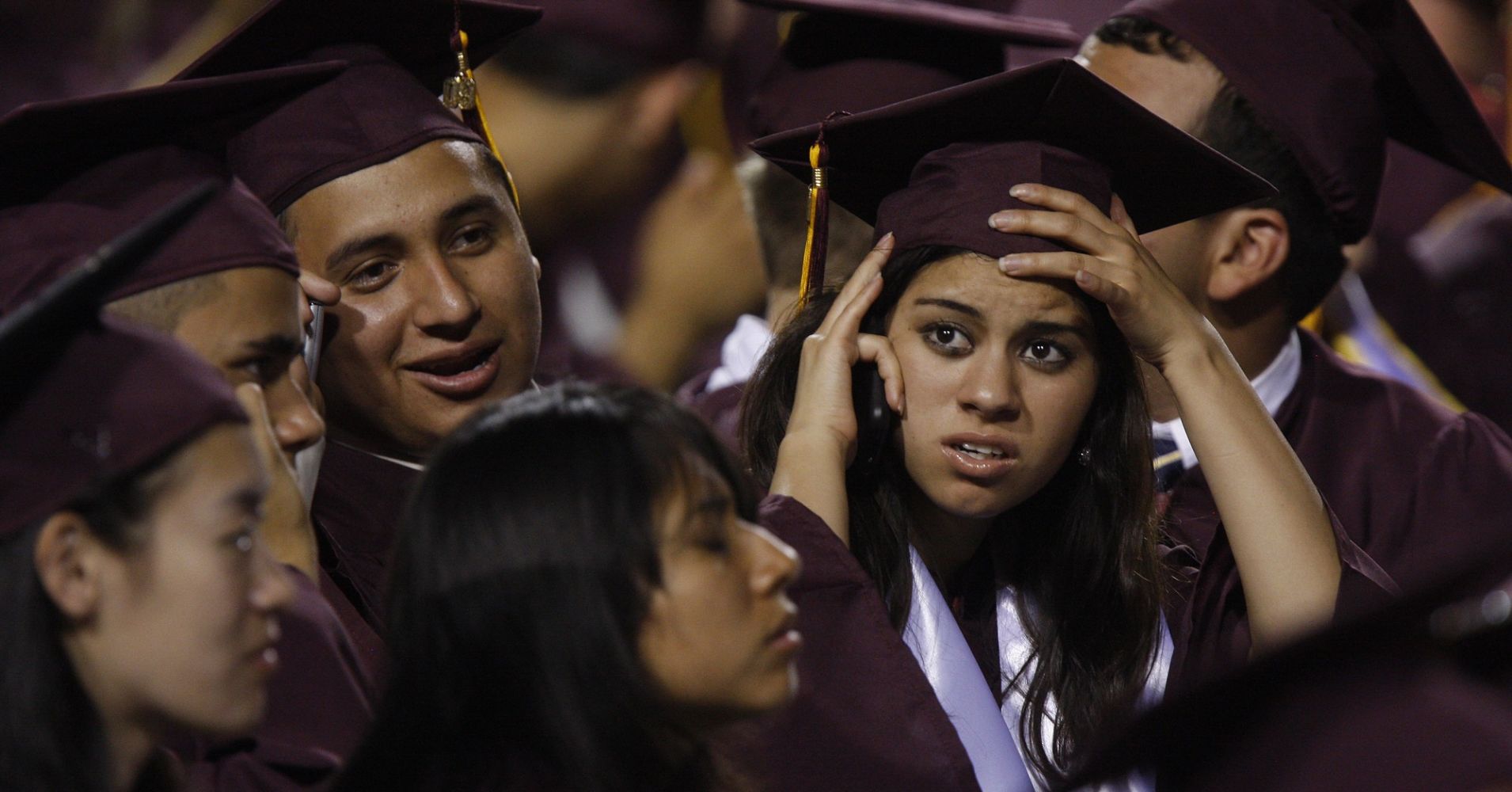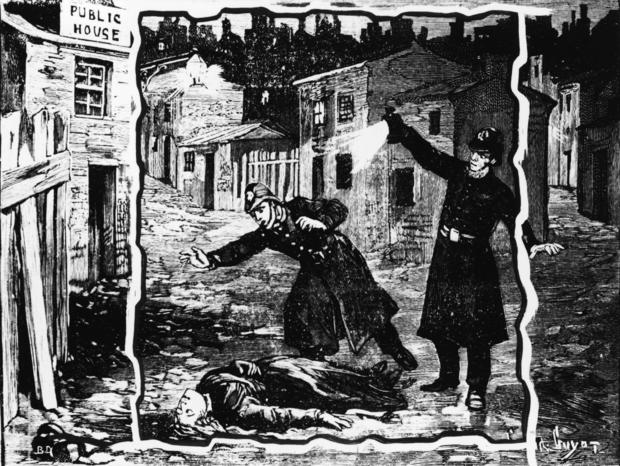
Over the past several decades, the cost of earning a college diploma has increased dramatically, exacerbating a student debt crisis that’s resulted in millions of Americans collectively holding over $1.5 trillion in student loans.
According to the College Board’s 2018 Trends in College Pricing Report, from 1988 to 2018, sticker prices tripled at public four-year schools and doubled at public two-year and private non-profit four-year schools.
These private non-profit four-year schools have some of the highest four-year graduation rates, and graduate some of the highest-earning students, but they also have the biggest sticker prices.
During the 2018 – 2019 school year, the reported tuition at private non-profit four-year schools is an average $35,83. But in reality, many students end up paying far less.
Here’s how. College “sticker prices” include tuition, fees, room and board (TFRB) and do not account for scholarships, grants and tax benefits. The College Board broke down what the average net price of college is today – taking scholarships and grants into account – and found that students typically pay less than the published price.
In fact, the average net price of tuition and fees in 2019 is $14,610 at private nonprofit four-year schools. These students typically receive an average $21,220 in grant aid and tax benefits.
Similar discounts are also in effect at public colleges. During the 2018 – 2019 school year, the reported sticker price for in-state students is $10,230 at public four-year schools, but the average net tuition and fees is closer to $3,740.
It’s good news for students startled by the sky-high prices they see in college brochures, though they should still be aware of the ways in which many college students end up spending more than they anticipated.
Many students underestimate the cost of living expenses when they go to college, and according to a survey from researchers at Temple University and the college affordability-focused Wisconsin HOPE Lab, more than a third of students struggle with basic needs such as food and housing.
Prospective students also often overlook graduation rates when they are considering colleges, but they can be an important measures of a school’s quality and cost. According to the National Center for Education Statistics, just 40 percent of first-time full-time bachelor’s students earn their degree in four years, and only 59 percent earn their bachelor’s in six years. With more than half of students struggling to graduate in four years, most students are forced to take — and pay for — extra years of college.
Four-year graduation rates tend to be highest among private four-year schools, and many large public institutions can struggle to make room for students to get into the classes they need to graduate in four years. This dynamic means that even if a state school looks cheaper on paper, they may not be.
For this reason, students may want to estimate what six years of tuition and fees will cost them at schools with low four-year graduation rates.
Like this story? Subscribe to CNBC Make It on YouTube!
Don’t miss:

